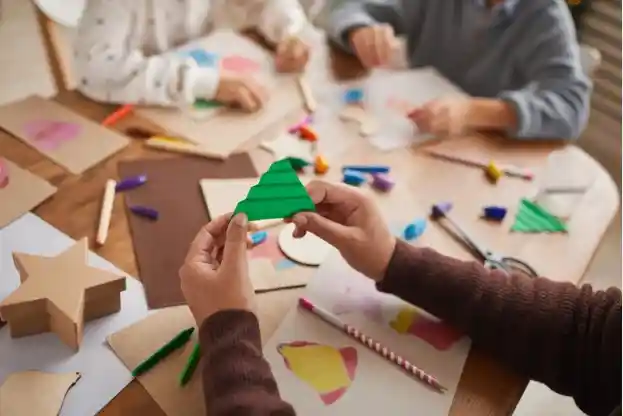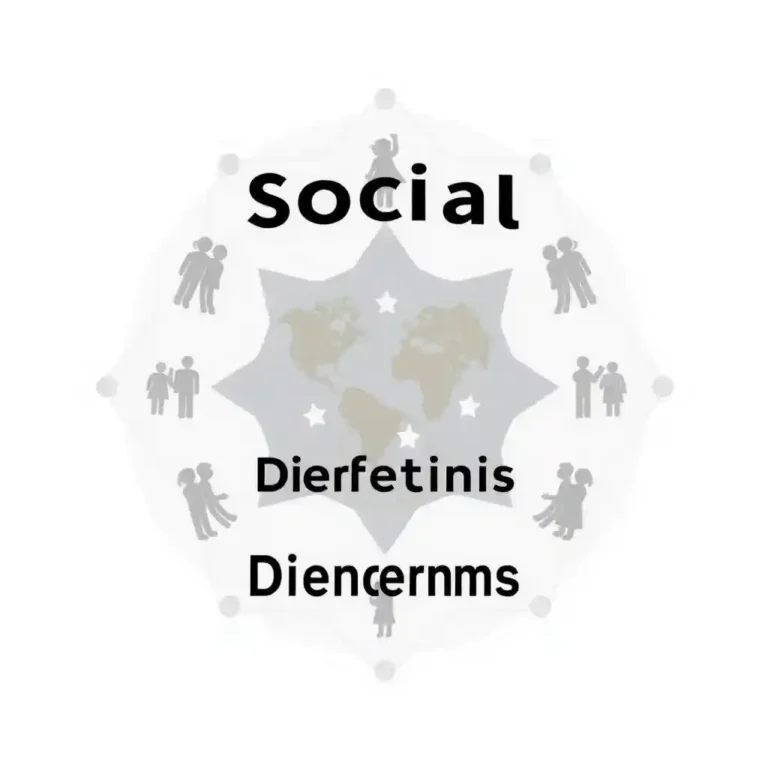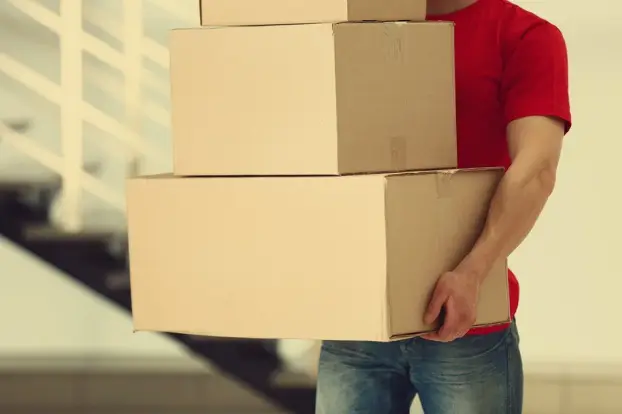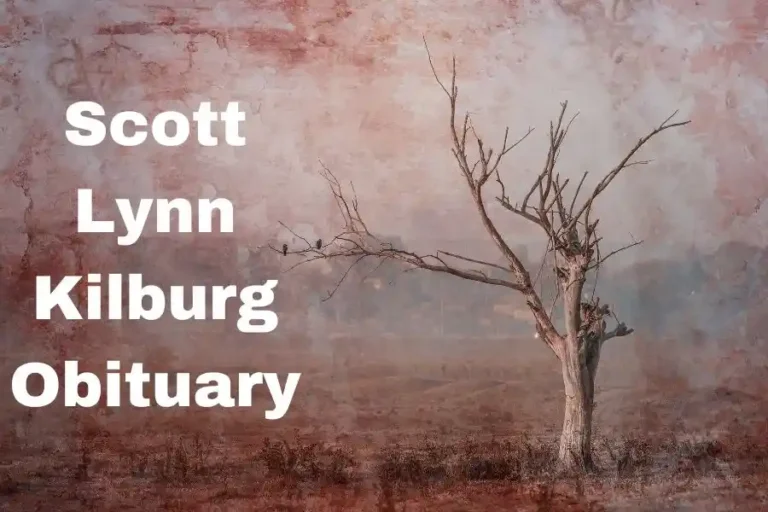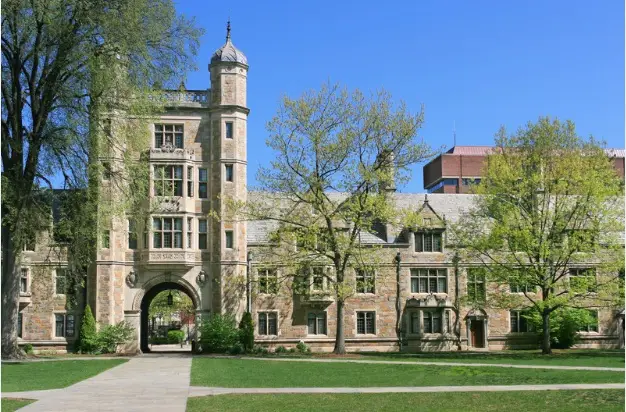Uncuymaza: Weaving Peru’s Cultural Heritage Across Generations
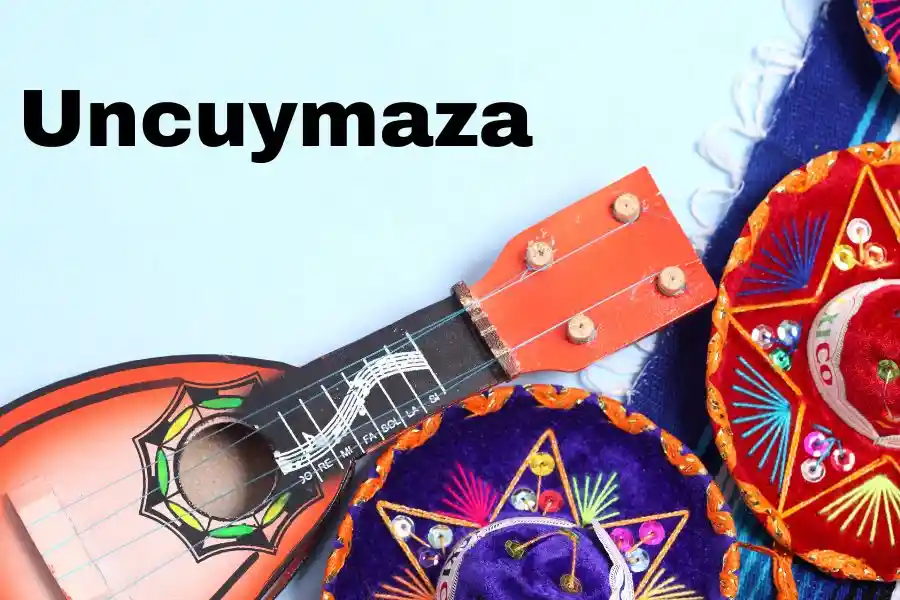
Uncuymaza, an ancient craft from Peru, is a traditional weaving technique that reflects Indigenous communities’ culture, history, and artistry. This craft has been passed down through generations, each piece embodying a unique connection to nature, community, and identity. The art of uncuymaza has withstood the test of time, evolving while preserving its essence and importance in Peruvian society.
Today, uncuymaza is not just about artistic expression; it represents a way of life, a celebration of heritage, and a bridge between the past and present. The following article will explore the origin, craftsmanship, cultural significance, and modern adaptations of uncuymaza in a way that is easy to understand, even for younger readers.
The History of Uncuymaza
Uncuymaza has a long history rooted in the Andean regions of Peru. Centuries ago, Indigenous communities began weaving intricate patterns into textiles for various purposes. This craft was not merely decorative—it had practical uses in daily life and spiritual significance in rituals and ceremonies.
Families would create uncuymaza pieces for special occasions, with each design reflecting their cultural beliefs and values. As trade developed in the Andean region, these woven pieces began to spread, and the techniques used to create them were shared across different communities.
Throughout history, uncuymaza has maintained its importance. The craft symbolized identity and pride, often representing a family’s heritage and connection to their ancestors. Each piece of uncuymaza tells a story woven into every thread, revealing the deep cultural roots of the people who make it. Even as modern life evolved, the tradition of uncuymaza remained, a testament to its enduring cultural significance.
The Process of Making Uncuymaza
Creating uncuymaza is a meticulous and detailed process that requires skill and patience. The materials used often come from nature, such as wool from sheep, alpacas, or llamas, and plant-based dyes that produce beautiful, rich colors. Artisans begin by preparing the raw materials—cleaning, spinning, and dyeing the fibers before weaving them into intricate designs. The process can take weeks or even months, depending on the size and complexity of the pattern.
The patterns used in uncuymaza are deeply symbolic, often representing elements of nature like mountains, rivers, and animals. Weaving these patterns is a time-consuming task that requires a deep understanding of the traditional techniques passed down through generations.
The final step in creating an uncuymaza piece involves adding finishing touches that enhance its beauty and durability. Once complete, the finished product is a work of art and a functional item used in ceremonies, festivals, and even everyday life.
Cultural Importance of Uncuymaza
Uncuymaza plays a vital role in the cultural heritage of Peruvian communities. More than just an art form, it is a means of preserving history and identity. The designs and patterns woven into each piece tell stories of the people’s connection to the land, their spiritual beliefs, and their ancestral lineage. These textiles are often worn with pride during special ceremonies and festivals and serve as visual representations of cultural narratives.
The knowledge required to create uncuymaza is passed down from generation to generation. Elders teach younger family members the craft, ensuring that the tradition continues. This intergenerational exchange keeps the art of uncuymaza alive and strengthens community bonds. Families work together to create these pieces, fostering a sense of unity and pride in their shared cultural heritage.
In modern times, uncuymaza has become more than just a traditional craft. It serves as a way for communities to maintain their cultural identity in an ever-changing world. As globalization spreads, preserving unique cultural expressions becomes even more important. Uncuymaza is a way for the people of Peru to hold onto their traditions, while also adapting to modern life.
Modern Adaptations of Uncuymaza
In recent years, uncuymaza has transformed as modern artisans blend traditional techniques with contemporary designs. This fusion has helped the craft reach a broader audience in Peru and internationally. Many artisans now incorporate new materials into their work, such as eco-friendly fibers and natural dyes, reflecting a growing commitment to sustainability.
Social media and online marketplaces have also significantly contributed to the spread of uncuymaza. Through platforms like Instagram and Etsy, artisans can showcase their work to a global audience, connecting with people who appreciate the craftsmanship and cultural significance of these pieces. This exposure has allowed uncuymaza to gain popularity beyond its traditional roots while still maintaining the core values that make it unique.
Collaborations between traditional weavers and modern designers have also emerged, leading to innovative new creations that combine the old with the latest. These collaborations help to keep the spirit of uncuymaza alive while allowing it to evolve in ways that are relevant to today’s world. By embracing change and innovation, the craft remains dynamic and thrives in modern times.
The Future of Uncuymaza
The future of uncuymaza looks bright, thanks to the efforts of artisans and communities dedicated to preserving this important craft. Education is key in ensuring that uncuymaza is passed down to future generations. Workshops and exhibitions that teach people about the history and techniques of uncuymaza help raise awareness about its significance. These educational initiatives can spark interest in younger audiences, encouraging them to learn more about their cultural heritage.
Supporting artisans who practice uncuymaza is also crucial for its preservation. By purchasing uncuymaza items, either in local markets or online, people can help sustain the livelihoods of these talented weavers and ensure that their traditions continue to thrive. Additionally, promoting uncuymaza globally can help elevate its status as a valuable cultural practice that deserves recognition and respect.
The ability of uncuymaza to adapt and evolve in response to modern trends while staying true to its cultural roots is a testament to its resilience. As long as there are artisans who are passionate about this craft, uncuymaza will remain an essential part of Peru’s cultural landscape.
Conclusion
Uncuymaza is more than just a craft; it celebrates culture, history, and identity. This traditional weaving technique has been passed down through generations, with each piece telling a story of the people who made it. From its humble beginnings in the Andean regions of Peru to its modern adaptations, uncuymaza holds a special place in the hearts of those who create and appreciate it.
By preserving the craft of uncuymaza, we are keeping a piece of our shared human history. Whether through traditional methods or innovative new designs, the spirit of uncuymaza lives on, connecting people to their past while allowing for creativity and expression in the present.
Supporting artisans, educating younger generations, and raising awareness about the importance of this craft are all essential steps in ensuring that uncuymaza remains a treasured part of our world for generations to come. If you also want to read about Ennuifans then visit that post.
FAQs About Uncuymaza
What is uncuymaza?
Uncuymaza is a traditional weaving technique from Peru. It is often used to create intricate textiles that reflect the culture and heritage of Indigenous communities.
How is uncuymaza made?
Uncuymaza is made by weaving natural fibers like wool from alpacas or sheep into complex patterns. The process also involves using plant-based dyes to create beautiful colors.
Why is uncuymaza important?
Uncuymaza is highly culturally significant because it helps preserve the history, beliefs, and traditions of the people who create it. Each piece tells a story about the community’s connection to its land and ancestors.
How has uncuymaza evolved in modern times?
Modern artisans have adapted uncuymaza by incorporating new materials, eco-friendly practices, and collaborations with contemporary designers, allowing the craft to reach a broader audience while preserving its roots.
How can I support uncuymaza artisans?
You can support uncuymaza artisans by purchasing their work, either in local markets or online, and by spreading awareness of the cultural importance of this craft.
